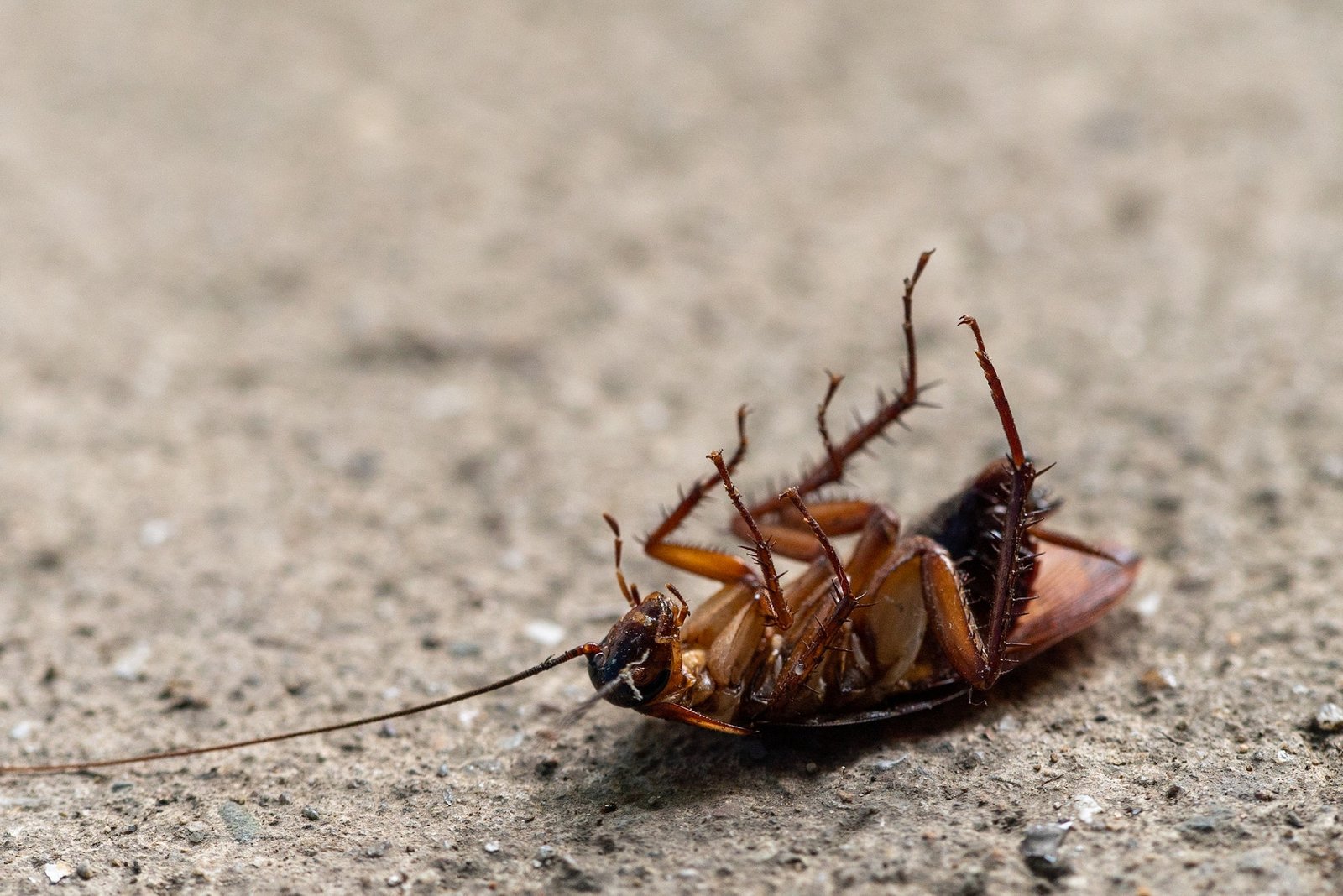Public health officials in New Zealand are reminding people to thoroughly cook collected shellfish to avoid Vibrio parahaemolyticus infection.
New Zealand is in the warmer summer months of the Southern Hemisphere now and in previous such seasons, there has been a rise in Vibrio infections.
Between November 2021 and July 2022, there were 67 cases of Vibrio parahaemolyticus, and several people were hospitalized. Illness was associated with oysters, mussels, shellfish, fish, and kina. More than 50 patient samples were sequenced revealing different types, meaning a variety of seafood was behind illnesses.
“Our message to those who want to eat raw or lightly cooked shellfish — like mussels, kina, and pipi — is to be aware there are increased risks of illness and the simple precautions you can take to protect yourselves and your families,” said Vincent Arbuckle, New Zealand Food Safety deputy director-general.
Source of rise a mystery
In early 2021, 24 cases were reported, while the figure was 16 in 2020 and 23 in 2019.
“We are starting to see more cases of illness from Vibrio parahaemolyticus. While we can’t definitively identify the cause, it is possible because of rising sea temperatures, making it easier for bacteria to spread,” said Arbuckle.
“The reason for the increase is unclear at this stage – it could be caused by environmental change, increased testing and reporting, or a combination of these and other factors – but it is clear, that cooking your shellfish kills the bacteria that makes you sick.”
Vibrio is a type of bacteria naturally living in the sea. It can cause illnesses like gastroenteritis — with symptoms including diarrhea, abdominal cramps, nausea, vomiting, and fever.
Arbuckle said it was especially important for those with underlying health conditions, pregnant and older people, and younger children to avoid eating raw shellfish.
“The more people know how to collect, store, prepare and cook shellfish safely, the more they can look out for both themselves and others in our communities who may be more vulnerable. On our own, we can’t control the changing environmental factors, but we can all help look after our [extended family] and reduce the risk of them falling sick from Vibrio by taking some simple precautions – and by spreading the word on safe ways to cook shellfish,” he said.
Tips include cooking shellfish until they open and are firm to touch or to at least 65 degrees C (149 degrees F) for one minute, avoid gathering shellfish after heavy rainfall or if the water is dirty, refrigerate as soon as possible and, ideally, eat it on the day of collection or within two days. To avoid cross-contamination, keep hands and utensils clean, and keep raw shellfish separated from cooked or ready-to-eat products.
Tips for safe chicken
New Zealand Food Safety has also launched a food safety campaign. In a series of videos, two Chicken Scene Investigators try to spot the chicken-handling crime.
Arbuckle said each year, in summer, there is a rise in foodborne illness and hospitalizations.
“The most commonly reported illness is campylobacteriosis — caused by Campylobacter bacteria — with our youngest and oldest having the highest rates of infection,” he said.
“There were 5,729 confirmed cases of campylobacteriosis in 2021, with 846 people needing hospital treatment, up from 718 in 2020. And 2022 looks set to follow a similar trajectory, with more than 5,300 cases nationally so far. The most common source of Campylobacter from food is raw or undercooked chicken.”
Arbuckle said infection can develop into severe illness such as Guillain-Barré Syndrome, a disorder in which the body’s immune system attacks its nerves, sometimes resulting in paralysis.
Advice includes keeping raw chicken separate from ready-to-eat and fresh foods and using different chopping boards, plates, and utensils. Wash hands in warm soapy water after handling raw chicken but do not wash poultry, as it will only spread bacteria to other surfaces. Chicken should be fully cooked before serving. Using a meat thermometer, chicken needs to be above 75 degrees C (167 degrees F).
(To sign up for a free subscription to Food Safety News, click here.)












